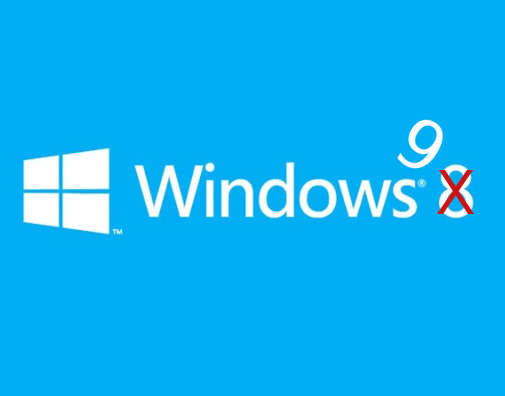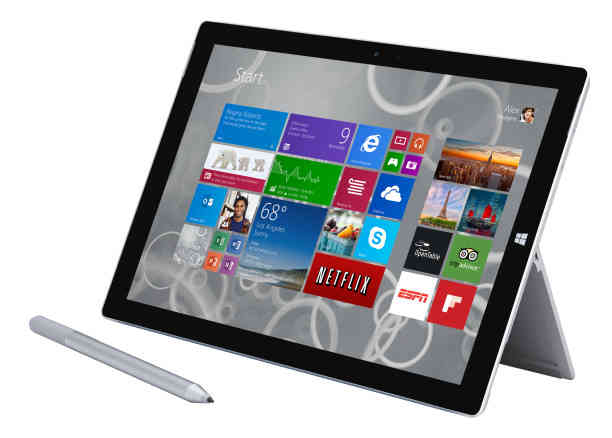| Windows 9 Coming Soon |
| Written by Mike James | |||
| Tuesday, 26 August 2014 | |||
|
At the moment what we know about Windows 9 is mostly rumor, but it is fairly reliable rumor. It seems that Microsoft has something to announce on September 30th and we can start to prepare for the changes.
Windows 8 has done desktop development a great disservice. It, plus Microsoft's de-emphasis of established technologies for the desktop and the web, have made it difficult to know what to use for new projects. Until Windows 8 the answer was usually that it was a good idea to go with whatever Microsoft proposed as the next big thing. But, with Windows Phone, Slate and Windows 8 itself not exactly securing enough of the market to be a sure bet, the new technologies on offer didn't look promising. What is worse is that while the desktop remains a big potential market, who wants to develop for Windows 7? Also, with the withdrawal of desktop widgets from Windows 7 on, there has been no way to create small utilities for the desktop. You could create a modern app, but it can't be seen while in desktop mode. Try creating a web app for Windows desktop and you will have a hard time finding a simple, coherent, technology. So as well as the missing Start button to allow developers to organize their programs into something that is easier to use, there are lots of problems with Window 8 and creating apps for it. The result is that most developers are looking forward to the inevitable course corrections that Microsoft has to make to allow the train to start moving again. Most of what we know about the version of Windows codenamed Threshold comes from sources proven to be reliable in the past - mostly Znet's Mary Jo Foley. While we can't rely on any of the proposed new features, it makes sense to have some idea of what they are, if only as an exercise to judge if Microsoft has passed or failed the test when it makes clear what it has waiting on the Threshold. So far the list of rumored changes include:
At this point the list of what might be raises lots of questions. Will Microsoft follow a subscription route for Windows 9? Will it give the core OS away and make it money on services? Will it offer a desktop upgrade to tablet users - but for a price? One thing that is clear is that Microsoft cannot afford to get this one wrong. The future may be mobile and it may be the cloud, but there are still a lot of desktop machines running Windows XP/7 that could move to a better version of Windows should one become available. A version of Windows that gives the best of the old world and the new is what is really needed. Look out for more information in September and a technical preview towards the end of September.
More InformationWindows 'Threshold' and cadence: How fast is too fast? Microsoft to deliver Windows 'Threshold' tech preview around late September Related ArticlesWindows XP Loses Share Windows 8.1 Gains Developers - Microsoft Is Back! Windows 8 Doing Badly, Windows 7 Gets Extension Microsoft Reveals "Universal" Apps Windows 8 Users Hardly Use Any Modern Apps How Microsoft Could Have Done Metro
To be informed about new articles on I Programmer, install the I Programmer Toolbar, subscribe to the RSS feed, follow us on, Twitter, Facebook, Google+ or Linkedin, or sign up for our weekly newsletter.
Comments
or email your comment to: comments@i-programmer.info
|
|||
| Last Updated ( Tuesday, 26 August 2014 ) |




